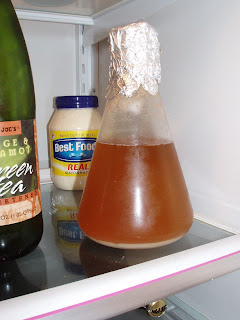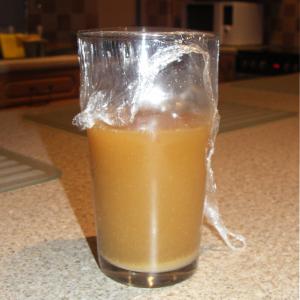PaulC
Active Member
Hi guys,
So in anticipation of brewing today, I made up a starter a few days ago. Well, it looks like the starter either didn't start or is going very slowly.
I won't have time later in the week to brew, so what I am thinking about doing is boiling my wort as per normal, cooling and transferring to my sanitary primary fermenter, sealing and letting it sit and wait a day or two while my starter gets going. Am I asking for trouble?
Thanks!
So in anticipation of brewing today, I made up a starter a few days ago. Well, it looks like the starter either didn't start or is going very slowly.
I won't have time later in the week to brew, so what I am thinking about doing is boiling my wort as per normal, cooling and transferring to my sanitary primary fermenter, sealing and letting it sit and wait a day or two while my starter gets going. Am I asking for trouble?
Thanks!




